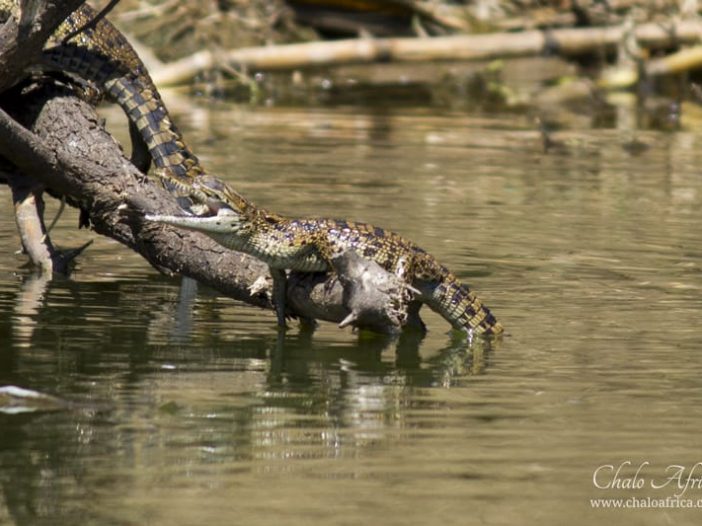
Read Part 1 of Tanvi’s trip report — Chimp Tracking in Kibale National Park — here.
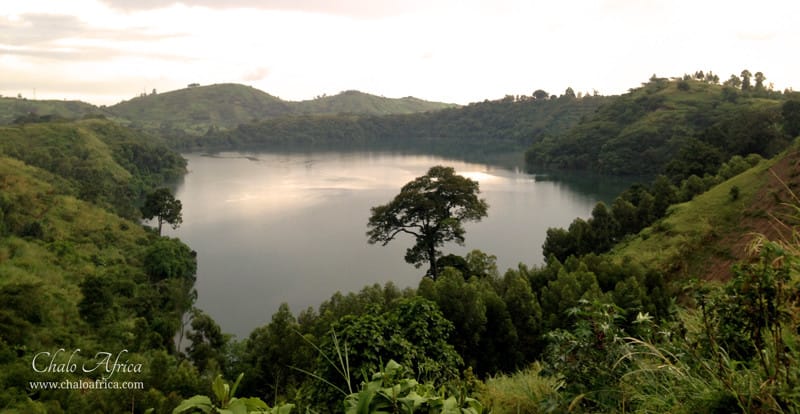
Imagine a land where mountains reach up and touch the stars, and the stars, they fall softly upon the earth, and the earth dissolves into shimmering lakes, reflecting the poetry that is this universe. Sometimes you don’t have to wonder about the truth; sometimes the truth stares you in the face, blinding you with its beauty. The mystical Mountains of the Moon have inspired countless generations of dreamers and seekers – and I finally understand why.
Located on the western shoulder of Uganda and extending into D.R. of Congo’s Virunga National Park, the Rwenzori Mountains are a panorama of snow-capped peaks and crater lakes, thought to be one of the sources of the river Nile. It is our good fortune that we are spending a night on the rim between two of these crater lakes, Nyinambuga and Mwanzi, at the wonderful Ndali Lodge.
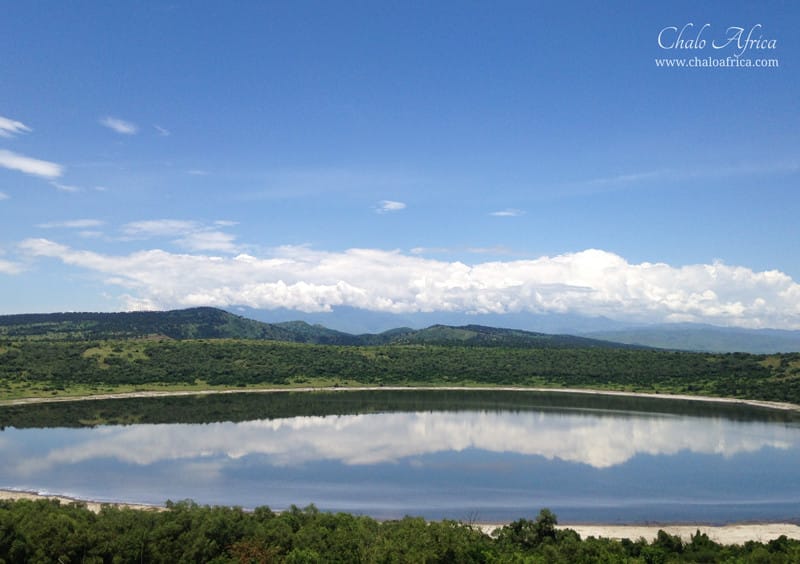
Ndali Lodge, surrounded by coffee and tea plantations, is a destination in itself. We arrive after our chimp tracking expedition, exhausted and hungry, to the wonderful hospitality of Aubrey, a quintessential English gentleman, who promptly offers us martinis and a spot by the pool to watch the sun dip into Lake Nyinambuga.
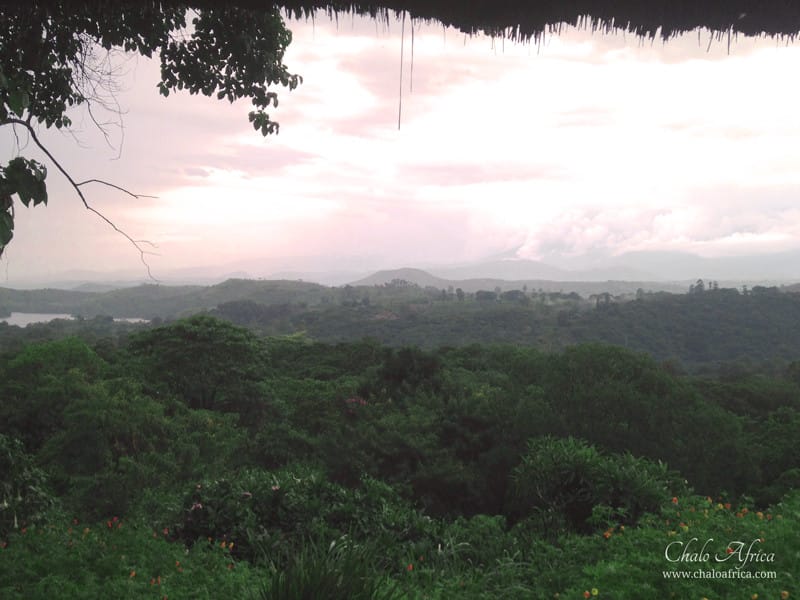
Amidst drinks and appetisers (caramelized onion tarts), we learn about Aubrey’s grandfather, who, in 1923, decided to venture into the Tooro Kingdom on his model T-Ford to establish tea estates. In 1972, Idi Amin’s military regime appropriated the estates and the family, like countless others, had to flee Uganda. It wasn’t till 1992 that Aubrey’s father, Trevor, returned, and Ndali Lodge was born. The lodge was designed by Trevor, and you can see his unique sense of humour in the tiny details of the lodge: wooden toilet handles carved into leopards and hyenas, a bathtub with a view of the lake. Aubrey carries forth his father’s legacy with great aplomb and pride.
Day 3: The Kazinga Channel
The next morning we have breakfast overlooking Lake Mwanzi. We are enjoying our poached eggs, healthy green smoothies and (unhealthy) strips of bacon when rain smatters down on us. We rush inside to continue our breakfast. JP, in his usual quiet, confident demeanour, outlines the plan for the day. We will be travelling south to Queen Elizabeth National Park and heading towards Kazinga Channel for a boat safari.
But first, much excitement, because we are crossing the equator!
The Kazinga Channel is a 32-kilometer natural channel that links Lake Edward and Lake George. It has one of the densest populations of hippos and Nile crocodiles in all of Africa, and, as we are soon to discover, is a superb spot for avid birders.
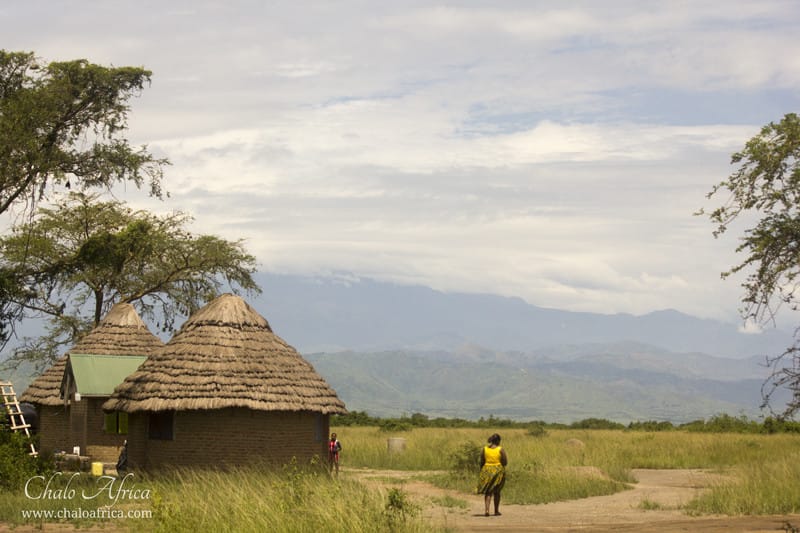
En-route, we drive past dramatic rainstorms and come across plenty of game in Queen Elizabeth National Park: lovely families of elephant, harems and bachelor herds of the Uganda kob (my first sighting of this antelope), and large gangs of Cape buffalo. Surprisingly, there are no giraffes or zebras in this park.
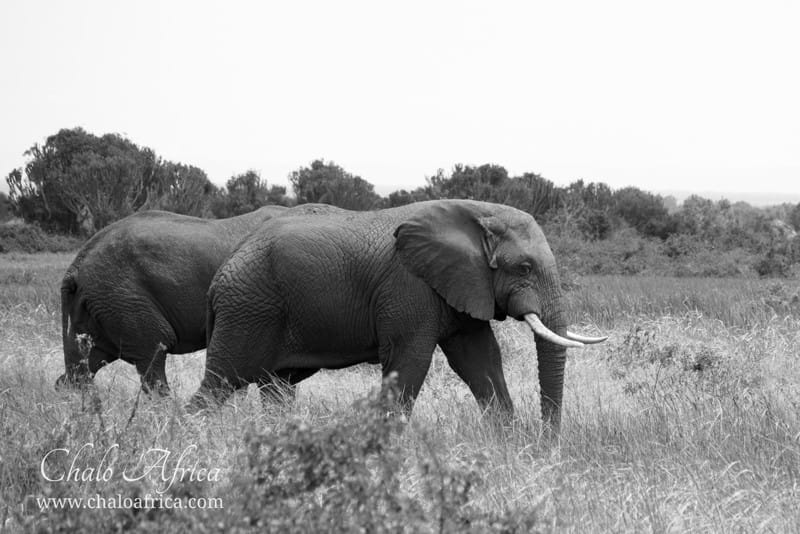
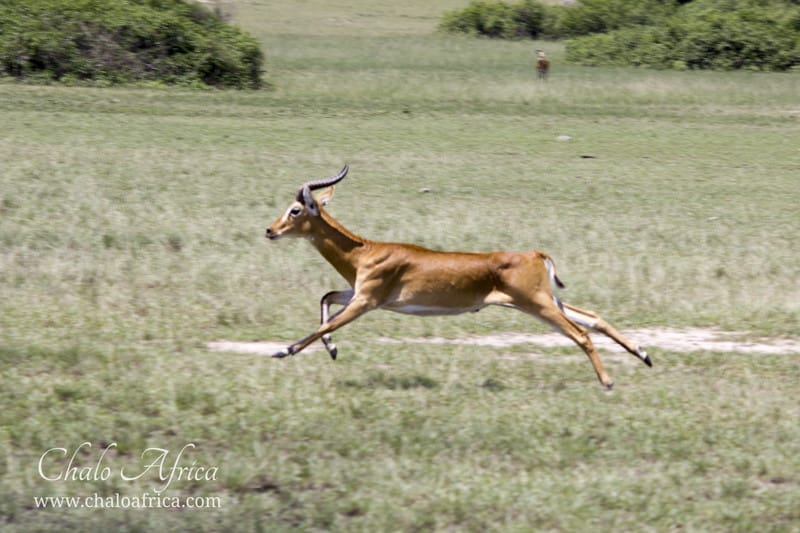
I, however, have a post-colonial bug niggling at me. I turn to JP and ask him why Uganda insists on retaining the colonial names for its parks and lakes. JP, originally from DRC himself, laughs and tells me that in 1973 Uganda and Zaire decided to rename Lake Edward. What they settled on was ‘Lake Idi Amin’, which, understandably, does not evoke good memories. In 1979, after Amin’s overthrow, the name reverted back.
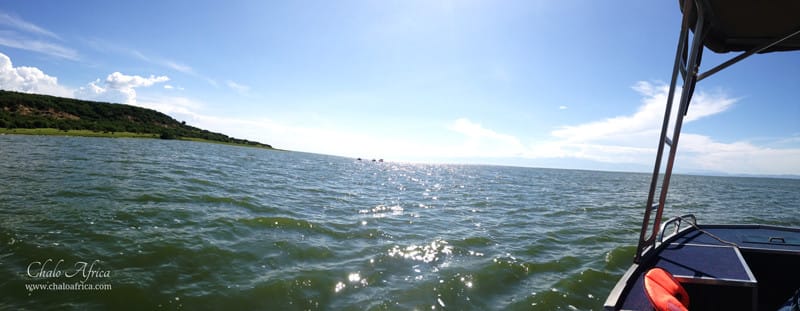
Soon we are cruising along the Kazinga Channel on boat called called Sunbird. The boat cruise is organised by Mweya Safari Lodge, located right on the banks of the channel, and I must admit, our guide, Robert, was absolutely fantastic. I will let the photos do the talking.
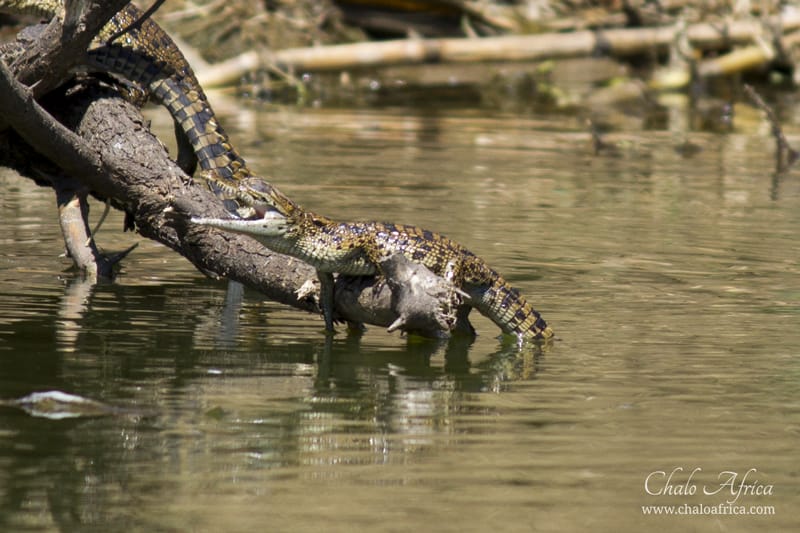
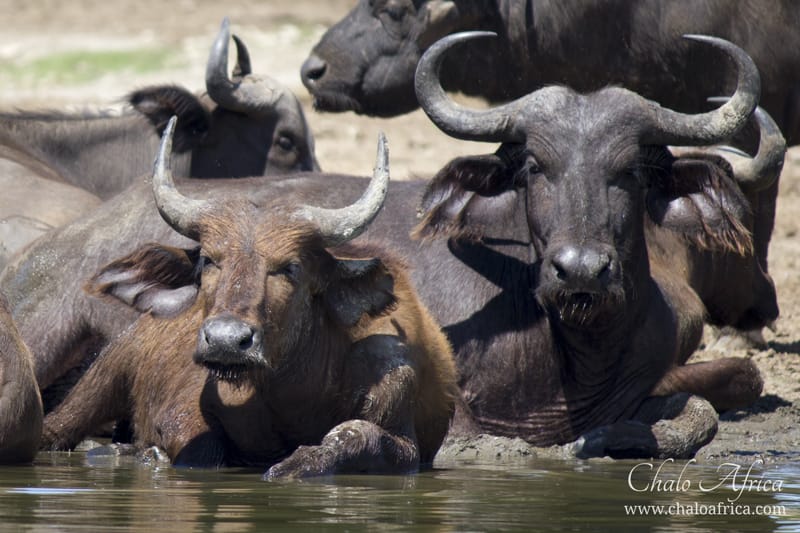
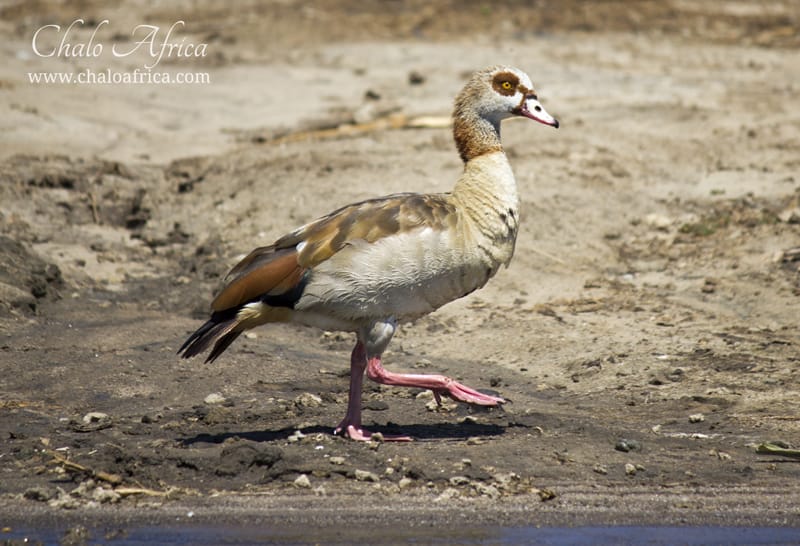
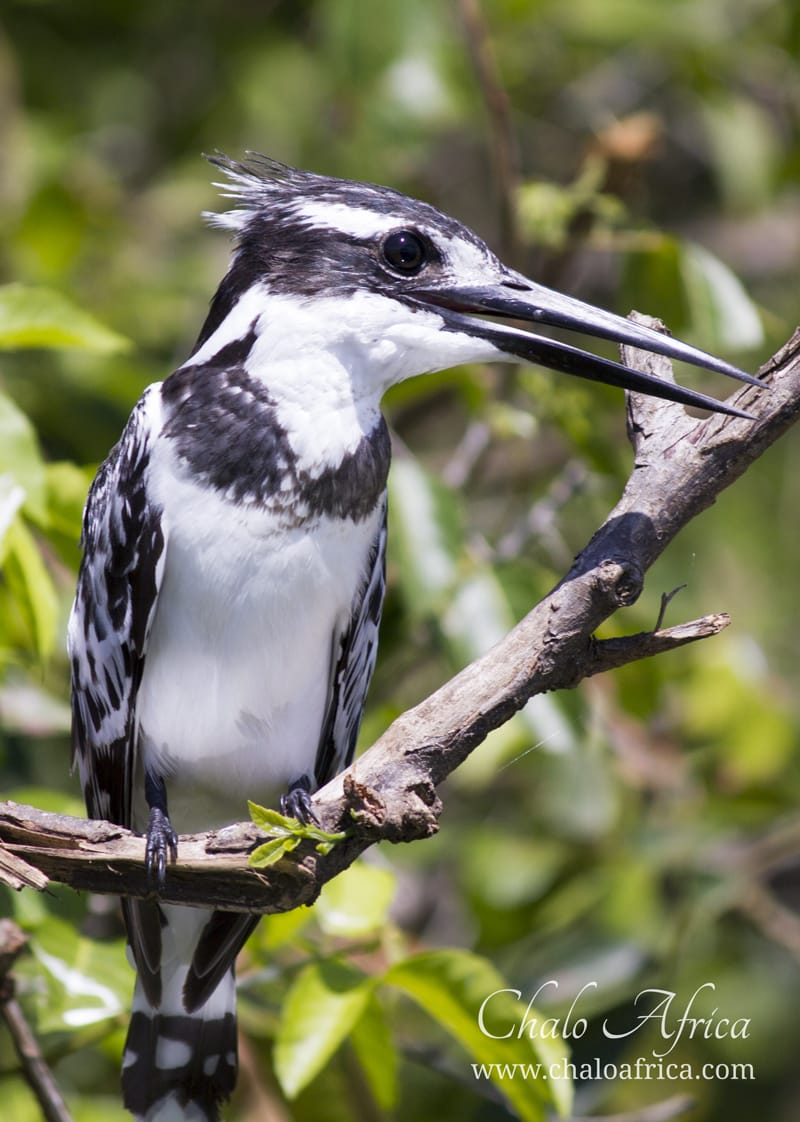
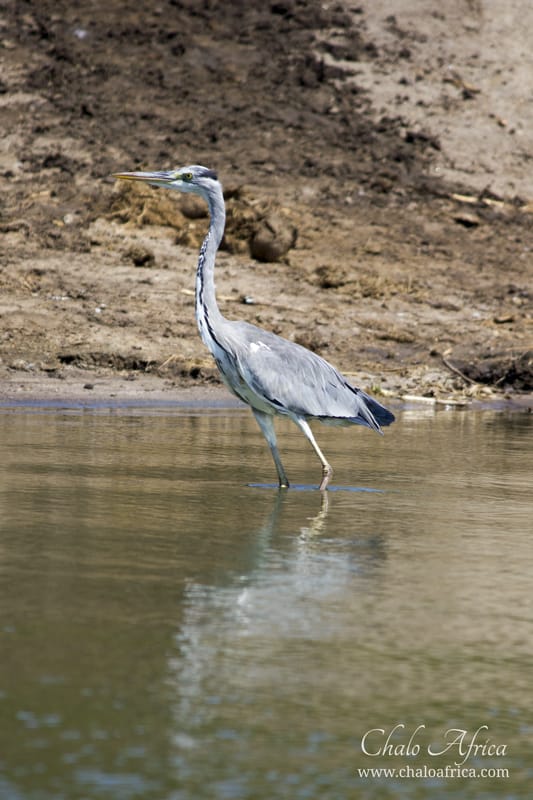
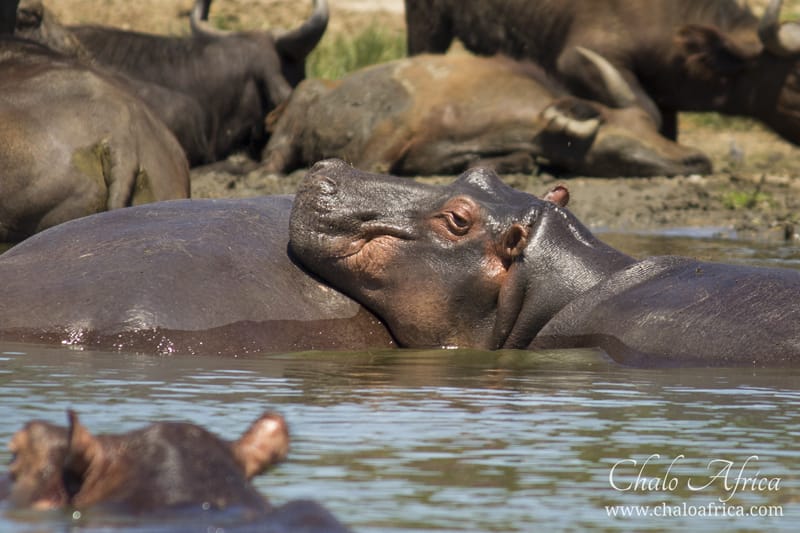
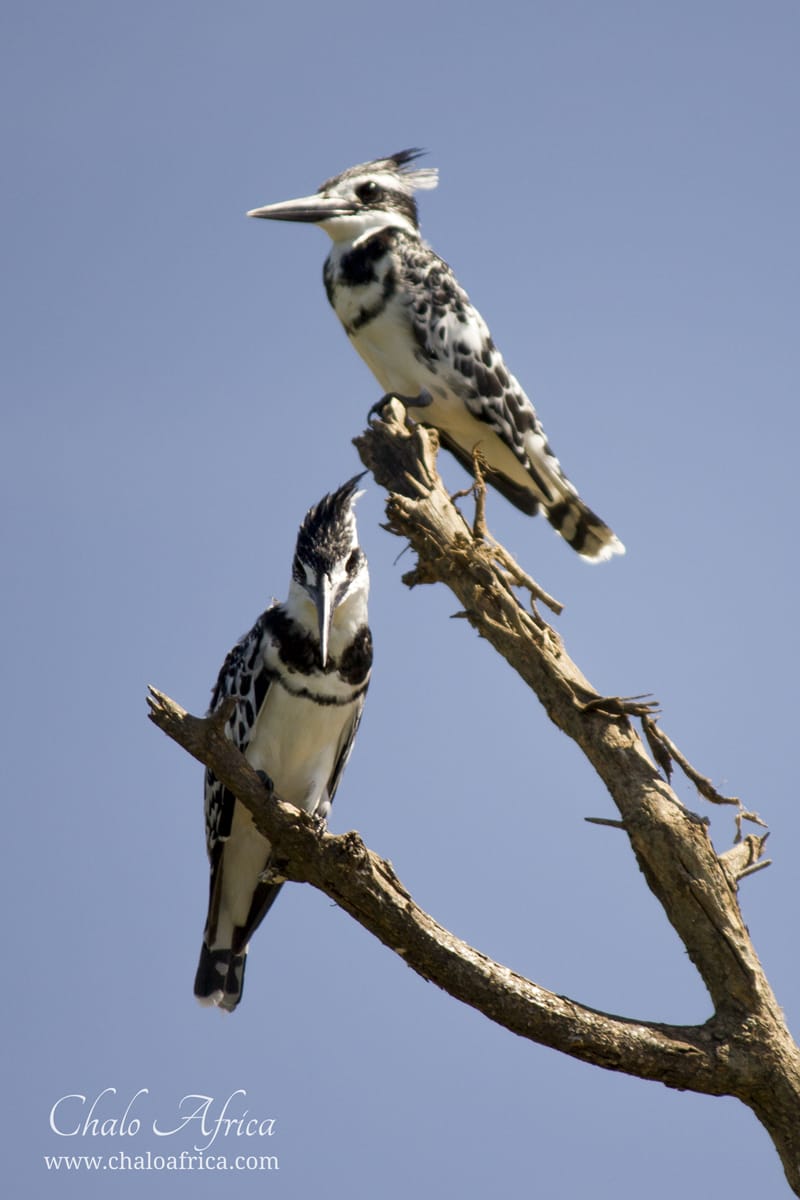
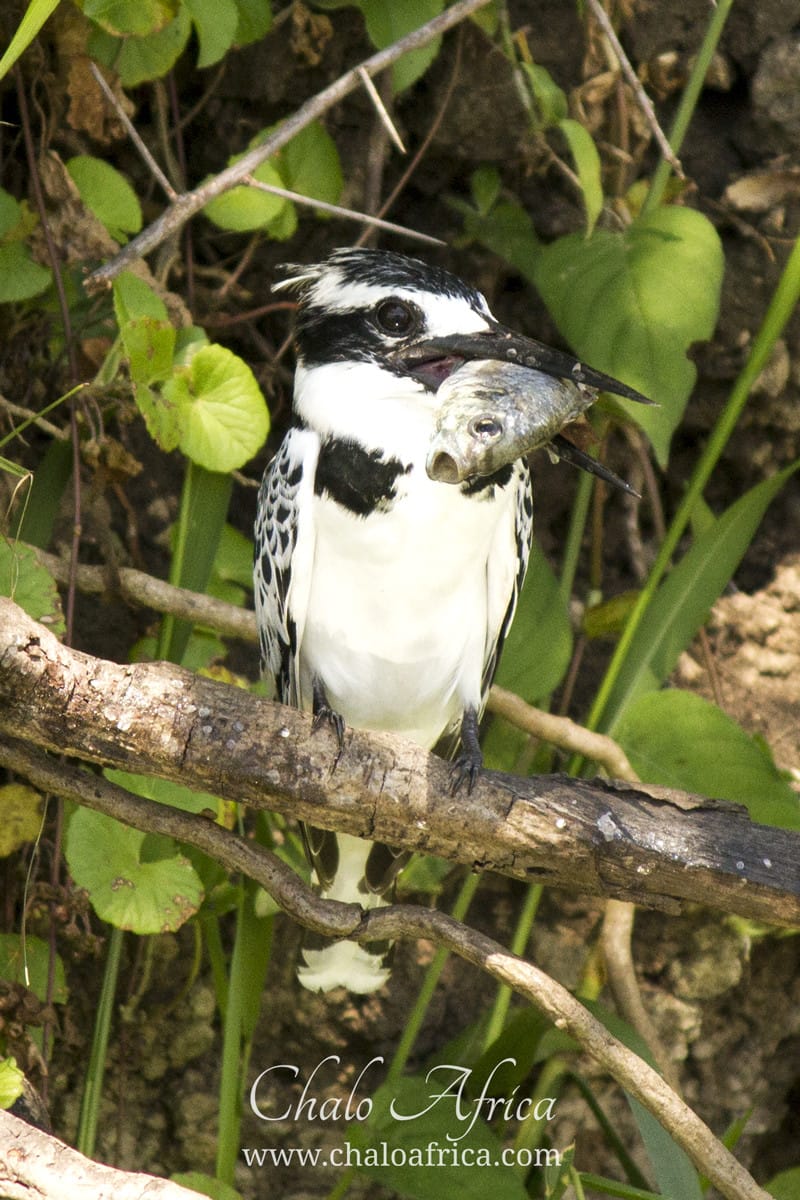
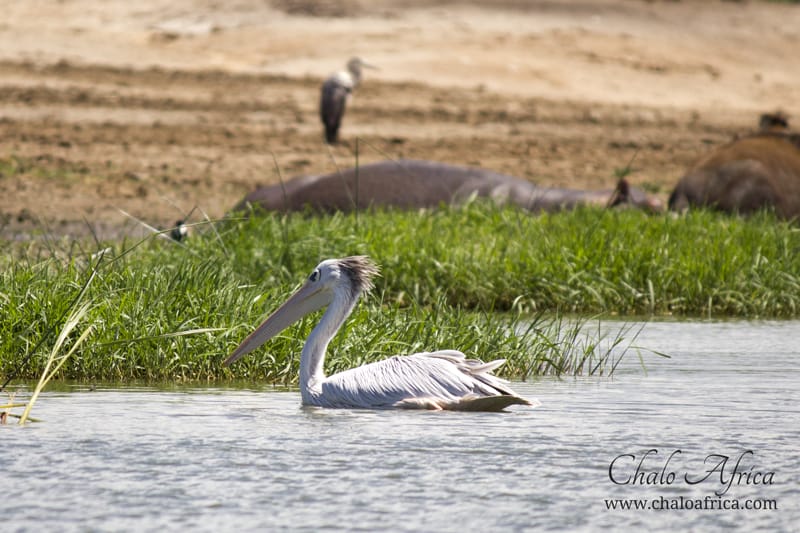
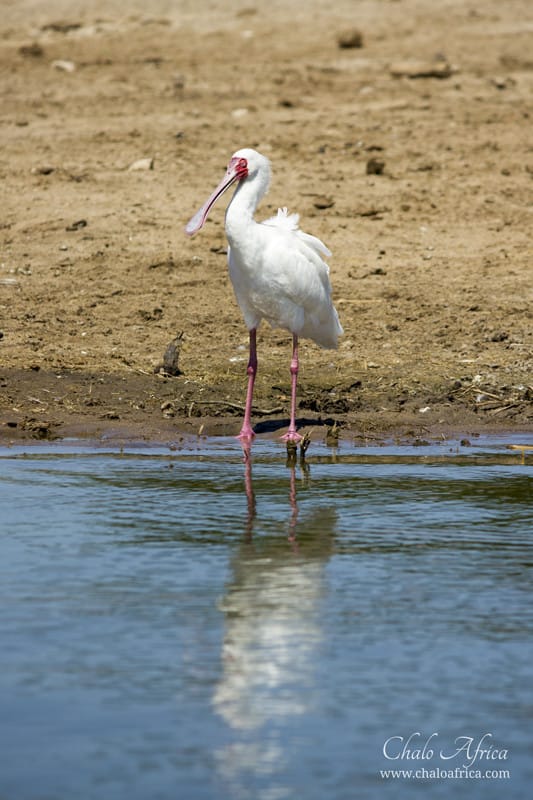
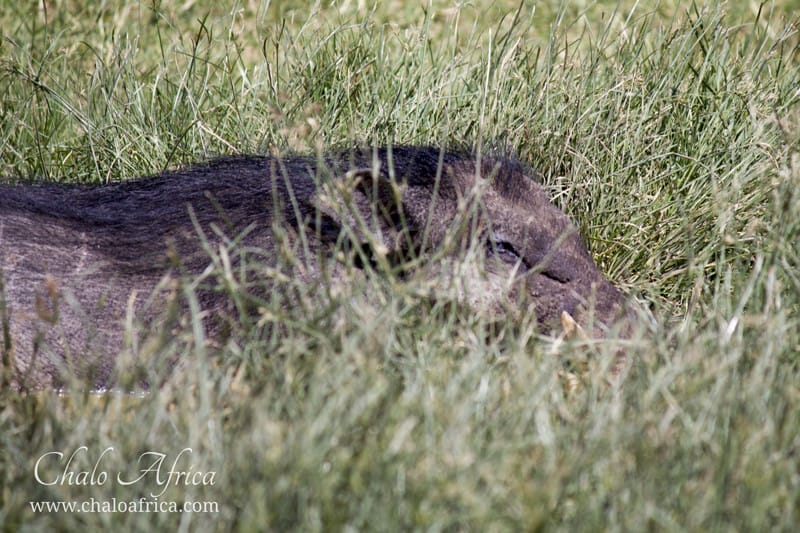
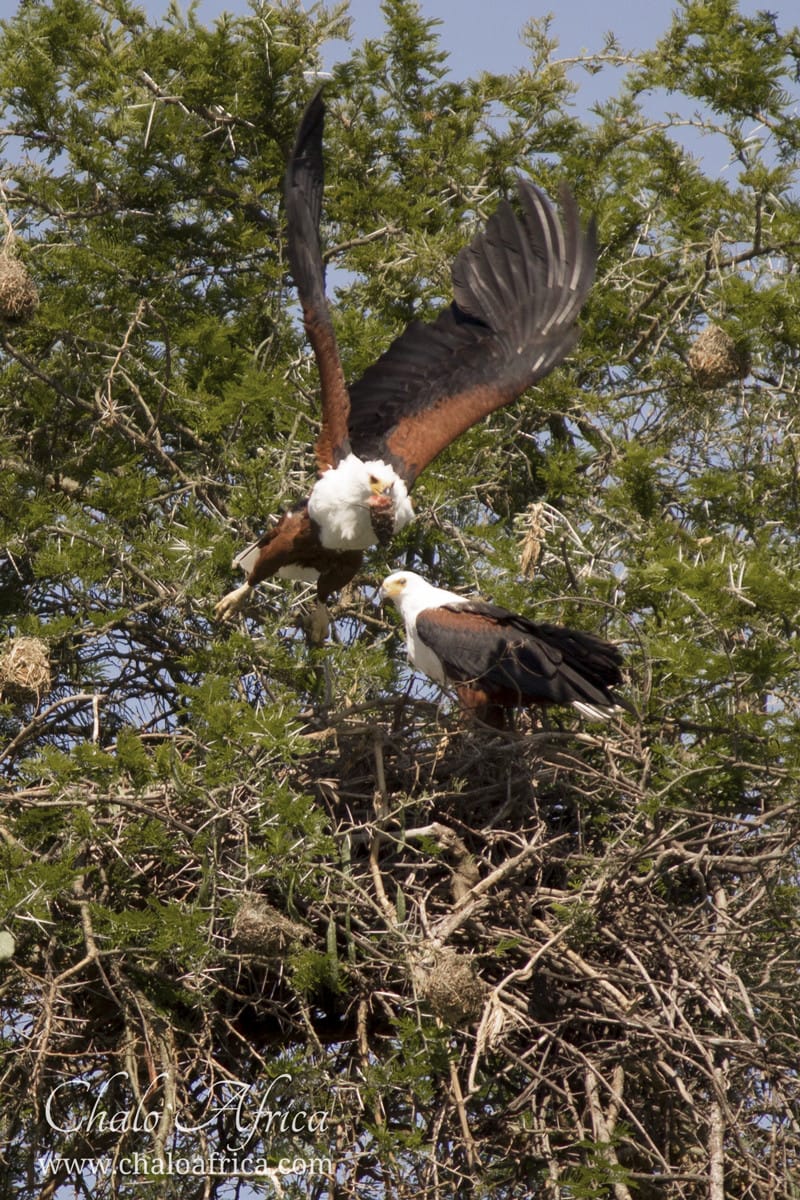

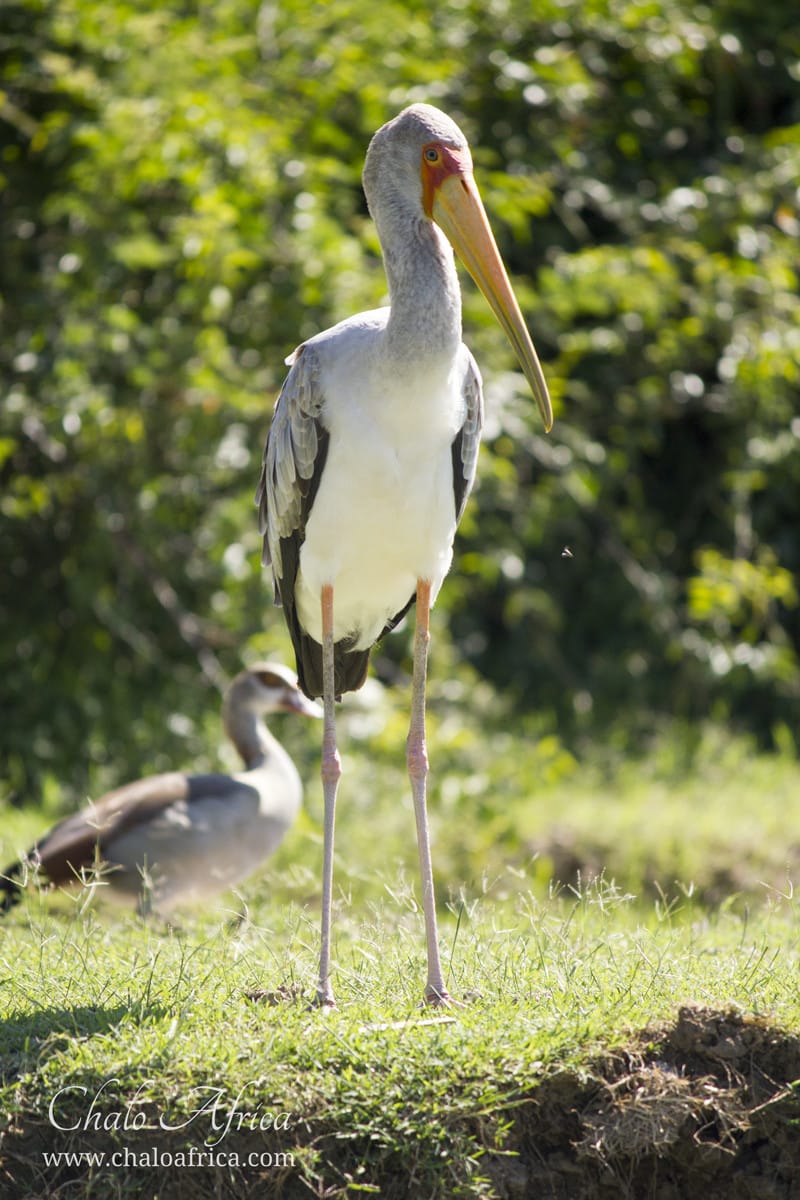
And the next two pictures are evidence of the fact that I have crossed over to the dark (light) side — Not just a twitcher, but a genuine interest in birds.
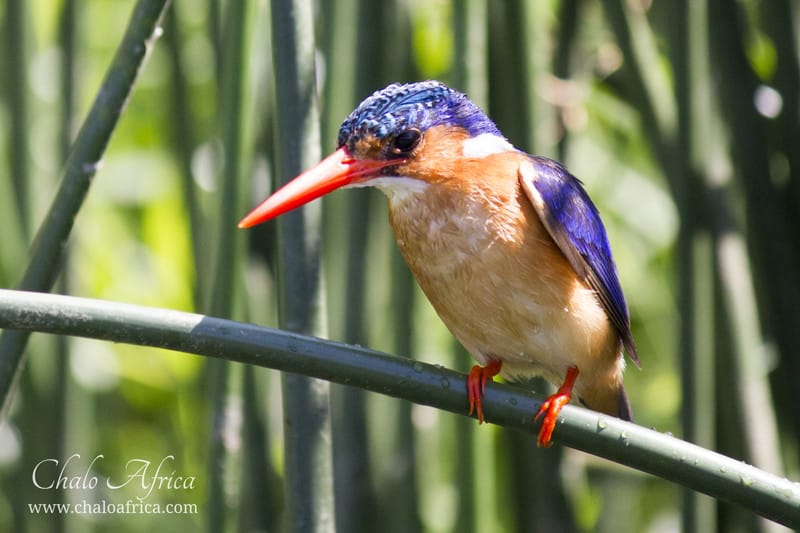
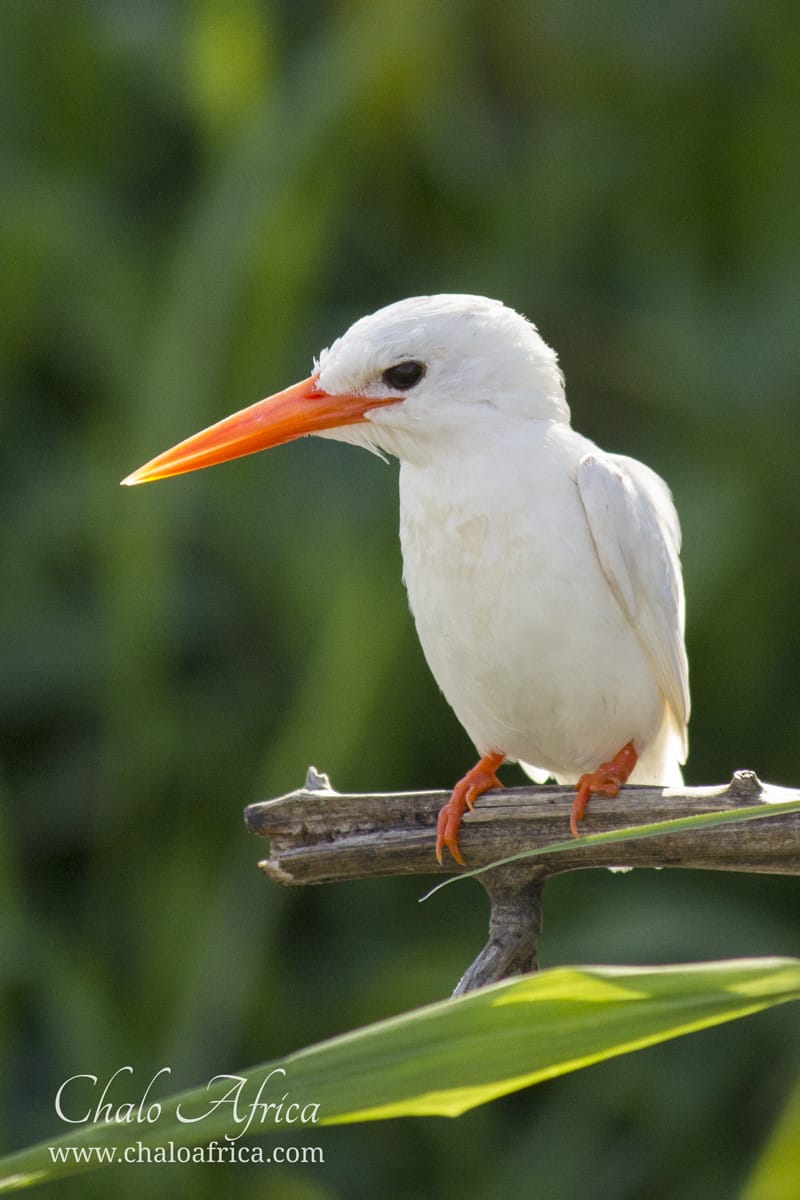
After the boat ride, we headed off to Kyambora Gorge Lodge, our home for the night, located in the heart of Queen Elizabeth National Park.
Day 4: Kyambora Gorge Activities
Early the next morning, we choose to do two of the several of the activities organised by Kyambura Gorge Lodge: the Kyambura Gorge Nature Walk, and a visit the Omwani Coffee Cooperative.
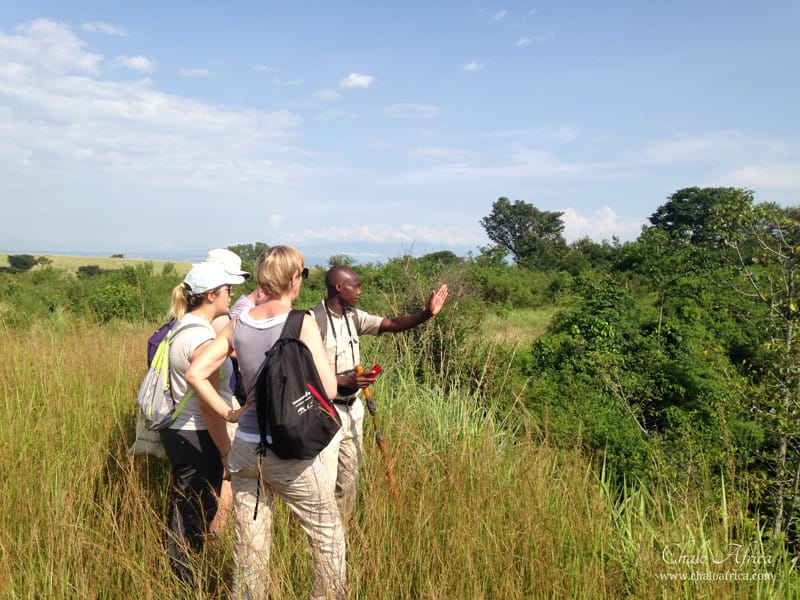
The walk is a 45-minute short hike along the gorge, and great for viewing primates. We spotted some Colobus monkeys, and our guide, Adolf, tells us that he often sees the Kyambura chimps here as well.
The Omwani Coffee tour is fascinating. The coffee grown under the brand Omwani is part of the Volcanoes Safaris Partnership Trust, and helps disadvantaged women in the neighbourhood earn a livelihood. We learn about all the steps in making coffee, from picking the beans to removing the flesh to drying to roasting and to the final grinding. The beans are supplied to all Volcanoes Safaris lodges.
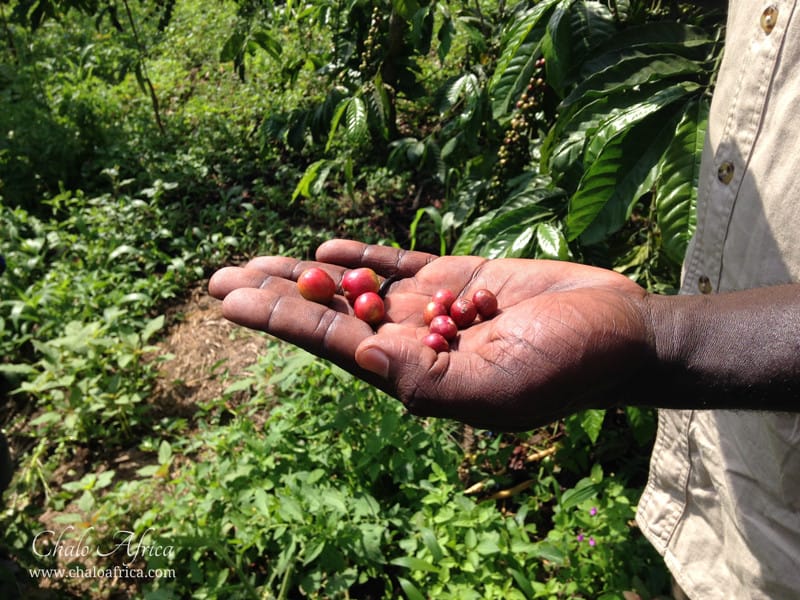
There are also several other activities organised by Kyambora Gorge Lodge, namely a wetland walk, a visit to the Omumashaka Drama Group, a bee-keeping tour, and, ahem, a well-deserved complimentary massage.
Later in the day, we head south towards Ishasha, staying at the wonderful Ishasha Wilderness Camp.
Coming soon: My experiences in Ishasha, and the highlight of the trip – gorilla tracking in Bwindi Impenetrable National Park.

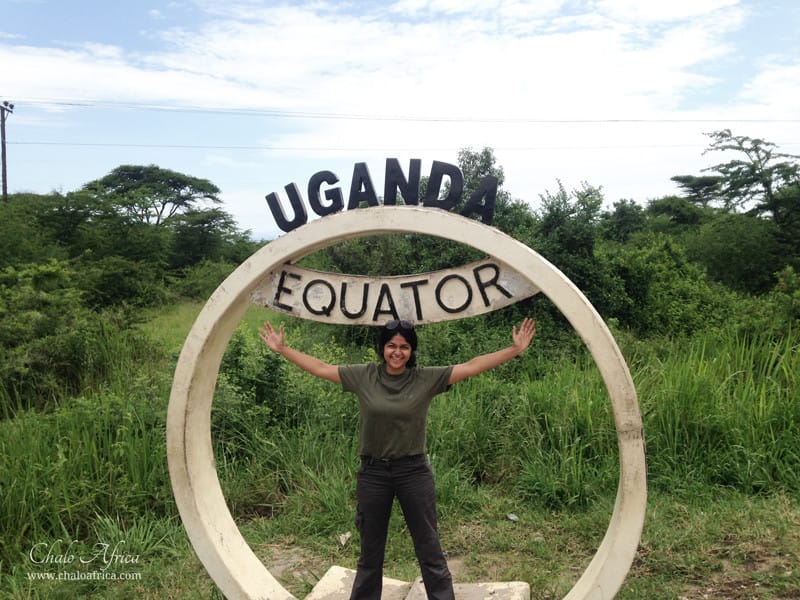
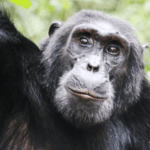
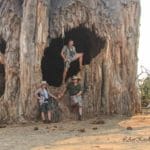
Leave a Reply